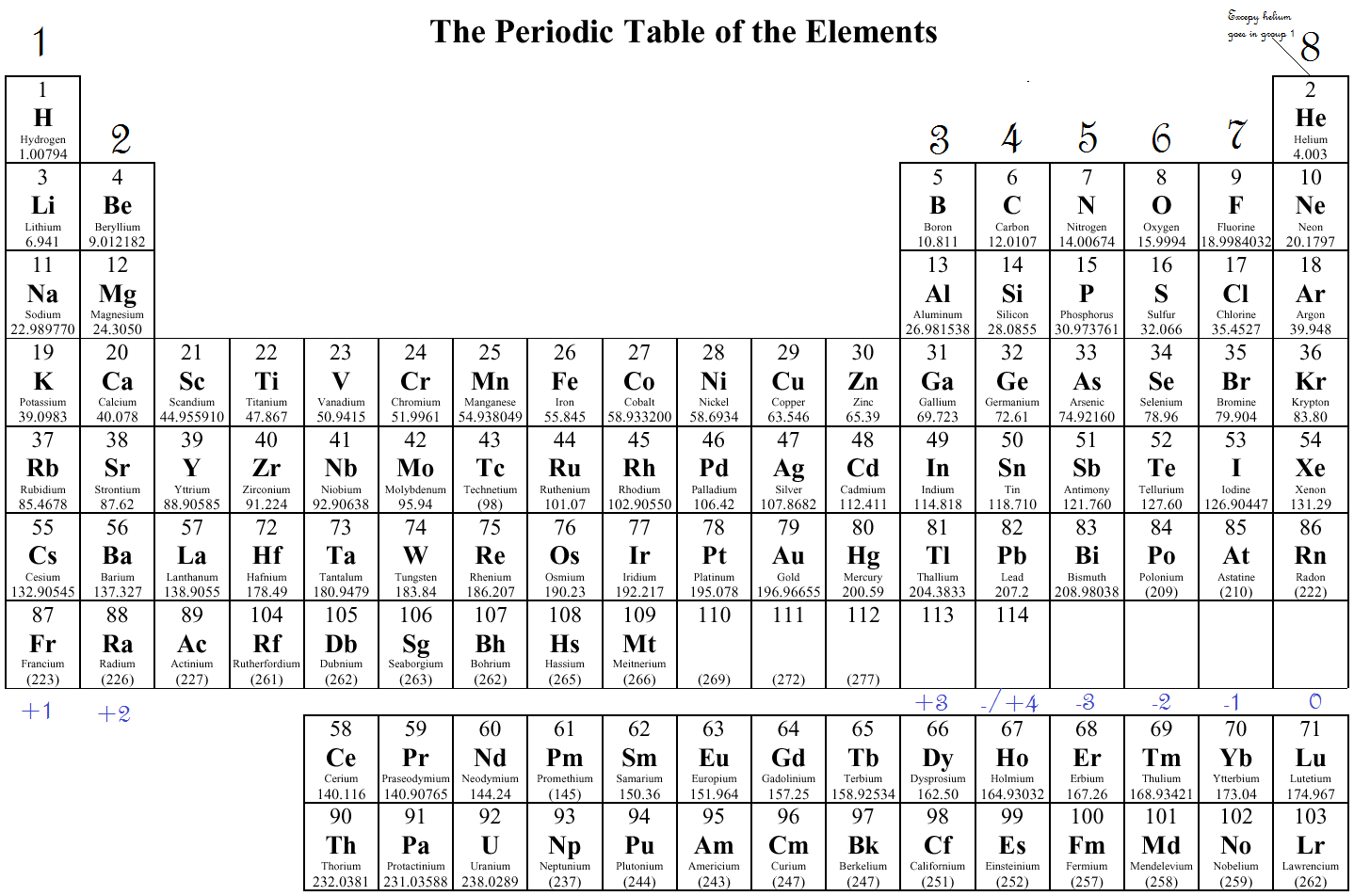

Consequently, a coherence length and a related coherence time exist that reflect the interaction of the electron with the sample and change linearly with energy loss. The results are explained by assuming that all electron scattering are inelastic and include phonon excitation that can hardly be distinguished from elastic electron scattering. At the ultimate detection limit, where isolated electrons are delivered to interact with solids, we find that the beam current dominates damage processes instead of the deposited electron charge, which can be exploited to modify electron beam-induced sample alterations. The magnitude of this charge, usually designated by e, has been measured very precisely and is 1.602177 × 10-19 coulombs.

charged metallic atom to next but in solution the electron is carried by the. They range from imaging with high spatiotemporal resolution to diffraction experiments at the window to quantum mechanics, where the wave-particle dualism of single electrons is evident. Electric current (electricity) is a flow or movement of electrical charge. In addition to the electron, all freely existing charged subatomic particles thus far discovered have an electric charge equal to this value or some whole-number multiple of it. Technological opportunities are explored to enhance detection schemes in transmission electron microscopy (TEM) that build on the detection of single-electron scattering events across the typical spectrum of interdisciplinary applications. electron charge, (symbol e), fundamental physical constant expressing the naturally occurring unit of electric charge, equal to 1.602176634 × 1019 coulomb.


 0 kommentar(er)
0 kommentar(er)
